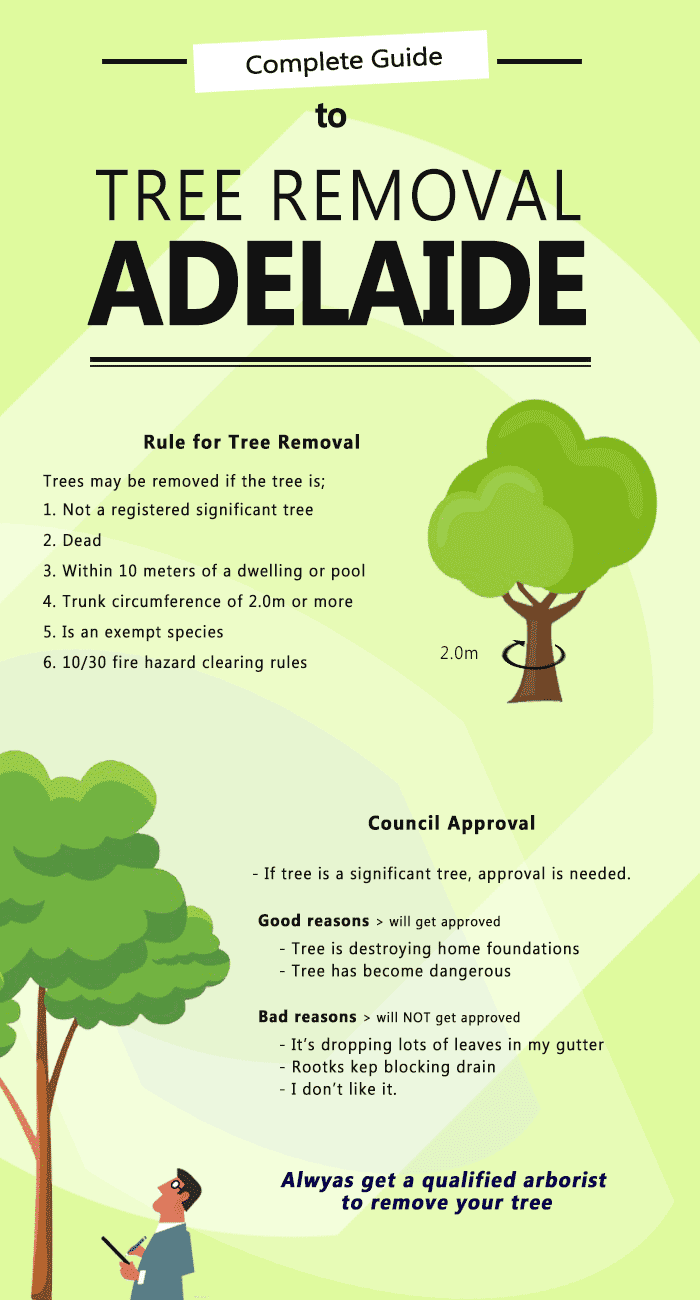Tree Conservation: Indications That Indicate The Demand For Removal
Tree Conservation: Indications That Indicate The Demand For Removal
Blog Article
Writer-Lindgaard Britt
If you have actually ever wondered about the destiny of the trees on your building, comprehending when it's time for removal is vital. But how do you establish if a tree can be conserved or if elimination is the only choice? By looking for certain indications and evaluating safety and security threats, you can make educated decisions that benefit both your landscape and your environments. Allow's explore the crucial factors that come into play when determining the fate of a tree and exactly how you can guarantee the most effective result for your eco-friendly companions.
Indicators of Tree Decline
If you see any of the complying with indications of tree decline in your backyard, it may be time to take into consideration tree removal.
One common indication is dead or rotting branches, which can suggest underlying problems affecting the tree's wellness. Watch out for discolored or shrivelled fallen leaves that linger despite having correct care, as this could be an indication of condition or insects.
Another warning signal is too much leaning or a noticeable change in the tree's base, which may recommend origin concerns or structural instability. Keep an eye out for fungal growth on the trunk or roots, as this can indicate rot and compromise the tree's stability.
Additionally, if you observe huge splits in the trunk or major arm or legs, it's essential to address these problems quickly to stop potential risks. Attending to these indicators of tree decrease quickly can help keep the safety and appearances of your backyard environment.
Safety and security Problems
To make certain the wellness of your property and those around you, prioritizing safety issues related to trees is vital. Trees can pose different safety and security dangers otherwise appropriately preserved. Dead or worn out branches may drop unexpectedly, endangering individuals or damaging structures.
Leaning trees can additionally be unsafe, particularly if they're leaning towards a structure or high-voltage line. In addition, trees with substantial origin systems near foundations or underground energies can cause considerable damage in time.
It's crucial to regularly evaluate your trees for any indicators of potential danger. Look out for fractures in the trunk, large tooth cavities, or indicators of disease and decay. If you see any one of these problems, it's finest to seek advice from a professional arborist to examine the situation and establish the necessary strategy.
Taking positive actions to attend to safety and security issues without delay can avoid accidents and residential property damages in the future. Remember, the safety and security of your home and those around you should always be the leading priority when it pertains to tree upkeep.
Consulting an Arborist
When taking into consideration the health and wellness of your trees, seeking advice from an arborist is an important step. Arborists are educated specialists who concentrate on the care and upkeep of trees. They can assess the total wellness of your trees, identify any type of concerns such as illness or architectural problems, and provide experienced suggestions on the very best strategy.
By getting in touch with an arborist, you can get beneficial insights into the condition of your trees and identify whether removal is essential. Arborists have the understanding and experience to assess the dangers connected with maintaining a tree versus removing it. They can likewise use assistance on alternate remedies, such as trimming, cabling, or bracing, to assist protect the tree whenever feasible.
Additionally, arborists can aid you browse any neighborhood guidelines or allows that may be needed for tree elimination. https://hudsonvalleystylemagazine.com/4-options-for-an-ideal-outdoor-space-pick-the-one-thats-right-for-you/ can ensure that the process is accomplished securely and in compliance with any applicable regulations.
Final thought
To conclude, when establishing whether trees can be conserved or if removal is required, it is essential to take into consideration signs of decline and safety and security problems. Consulting an arborist for an extensive assessment is necessary in making the best choice for the tree's health and potential hazards. Remember, positive treatment and timely action can help maintain trees and avoid mishaps.
